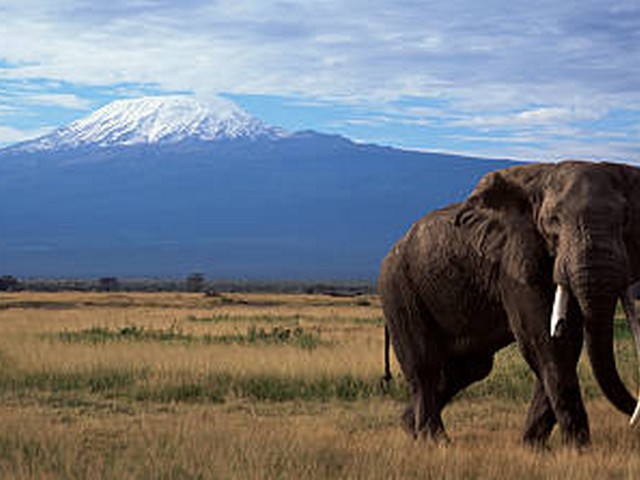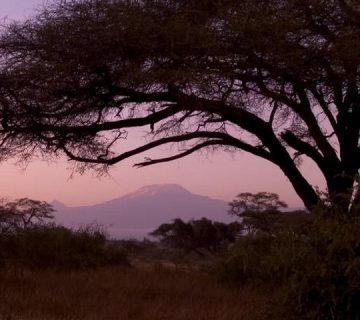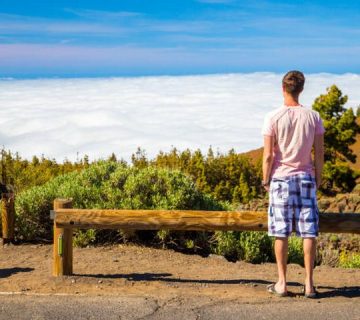Capture the Wild: Wildlife and Nature Photography During Kilimanjaro Climb
Amidst the towering peaks and ethereal landscapes, Mount Kilimanjaro in Tanzania is not only the highest summit in Africa but also a sanctuary for diverse wildlife and breathtaking nature scenes. At the Kilimanjaro Centre for Trekking and Ecotourism (KCTE), we understand that a Kilimanjaro climb transcends physical conquest; it’s a voyage through a vibrant ecosystem, ripe for stunning photography opportunities. Whether you’re a seasoned wildlife photographer or a nature lover with a camera, this journey promises a palette of unforgettable visuals.
The Photographic Journey Begins
Unveiling the Unique Kilimanjaro Ecosystems
From the lush montane forests to the stark alpine deserts and icy summit, each ecological zone on Kilimanjaro offers unique photographic canvases. As you ascend, capture the dramatic changes in flora and fauna. The dense forests are inhabited by blue monkeys, bushbabies, and colorful turacos, while the higher altitudes offer sightings of the elusive, hardy Kilimanjaro mouse.
Timing Your Trek for Optimal Light
Photography is about capturing light. The best times for photography on Kilimanjaro are during the early morning hours or late afternoons when the sunlight is golden and soft. These hours not only enhance the beauty of the landscape but also the wildlife, accentuating the mystique of the mountain’s diverse habitats.
Framing Kilimanjaro’s Wildlife
Knowing Your Subjects
Understanding the behavior and habitat of Kilimanjaro’s wildlife can significantly enhance your chances of capturing them in their natural state. From the delicate sunbirds flitting among alpine flowers to the majestic elephants lumbering through the forest edge, each creature tells a story. At KCTE, we provide expert guides who help you anticipate wildlife activity and ensure you’re at the right place at the right time.
Ethical Wildlife Photography Practices
As advocates for conservation, we at KCTE emphasize the importance of ethical photography. This means maintaining a safe distance, using natural light, and never baiting animals for shots. Our goal is to ensure that our photography practices contribute positively to the environment and respect the natural behaviors of wildlife.
The Landscape Lens: Capturing Kilimanjaro’s Majesty
Composing the Vast Landscapes
The grandeur of Kilimanjaro is not just in its peak but also in its expansive landscapes. Wide-angle lenses are perfect for capturing the sweeping vistas of moorlands dotted with giant lobelias or the dramatic silhouette of the mountain at sunrise. Learn to play with perspectives; sometimes, a low angle can dramatically capture the immensity of the mountain against a clear, star-studded sky.
The Magic of Light and Shadow
Photography on Kilimanjaro is as much about shadow as it is about light. The interplay between clouds and the sun creates dynamic patterns and contrasts that can turn a simple scene into a dramatic statement. Our guides help you predict weather patterns and choose the best times and locations to capture these magical moments.
Practical Tips for Photographers Trekking Kilimanjaro
Gear Essentials
Carrying the right gear is crucial. A sturdy tripod can be invaluable for long exposures and sunrise or sunset shots. Lens choices should be versatile; a good range zoom lens can often be more practical than carrying multiple prime lenses. Don’t forget ample memory cards, protective gear for your equipment, and sufficient batteries, as charging opportunities are limited.
Physical Preparation
Remember, you are climbing a formidable altitude. Physical fitness not only ensures you’ll enjoy your trek but also that you’re always ready to seize those photographic moments without fatigue hampering your creativity.
Why Choose KCTE for Your Photographic Expedition
At KCTE, we specialize in creating tailored experiences that cater to photographers’ specific needs. Our guides are trained in natural history and photography, ensuring they understand the technical and practical aspects of wildlife and landscape photography. By choosing us, you’re not just signing up for a climb; you’re immersing yourself in a photographic odyssey.
Summing Up the Visual Feast
Climbing Kilimanjaro with a camera is an adventure that offers more than just physical challenges—it’s a chance to engage with nature, witness the circle of life, and capture moments that speak of the earth’s raw beauty and resilience. With careful preparation, respect for the natural world, and the right guidance, your photographic journey on Kilimanjaro will yield not just stunning images but unforgettable experiences.
At Kilimanjaro Centre for Trekking and Ecotourism, we are committed to providing you an unparalleled journey filled with awe-inspiring photographic opportunities. Ready to immortalize the majestic Kilimanjaro through your lens? Book your Kilimanjaro climbing adventure with us today!
FAQs
1. What kind of wildlife can I expect to see on Kilimanjaro?
You can spot a variety of wildlife, including blue monkeys, colobus monkeys, various bird species, and at higher altitudes, the unique Kilimanjaro mouse.
2. How should I prepare my camera gear for different weather conditions?
Use weather-sealed bags and covers to protect your equipment. Silica gel packets can help absorb moisture in humid conditions.
3. Are there specific Kilimanjaro routes that are better for photography?
While all routes offer picturesque landscapes, the Lemosho and Rongai routes are particularly scenic, offering diverse views and wildlife opportunities.
4. Can beginners in photography join your tours?
Absolutely! Our tours are designed to cater to all levels of photography skills. Our guides can help beginners with basic photography tips to enhance their experience.
5. What is the best season for photography on Kilimanjaro?
While Kilimanjaro is accessible year-round, the best visibility and weather conditions are typically during the dry seasons, from June to October and from December to March.
Capture the essence of Africa’s beauty and embark on a photographic expedition like no other with Kilimanjaro Centre for Trekking and Ecotourism (KCTE). Let each click of the shutter be a testament to the splendor of Kilimanjaro and the stories it holds. Join us on this remarkable adventure!




